-
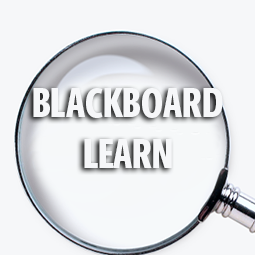
Blackboard Learn
Blackboard Learn is USC's Learning Management System (LMS) that allows instructors and students to engage online. All Fall 2024 USC courses have been created in Blackboard Learn Ultra Course View (UCV).
-
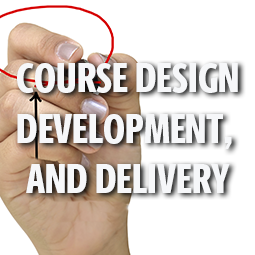
Course Design, Development, and Delivery
This section includes resources to design, develop and deliver a course including a Grading and Assessment Toolbox, and an Online Teaching Faculty Toolbox.
-

Generative Artificial Intelligence
Learn about Generative AI and its implications for teaching and learning.
-
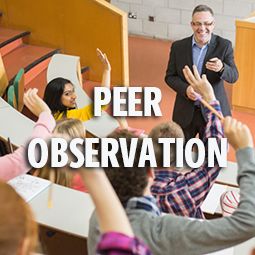
Peer Observation
Teaching is not a “one-size-fits-all” activity, and thus the peer observation and feedback process must accommodate such variability to be most useful to departments and colleges.
-
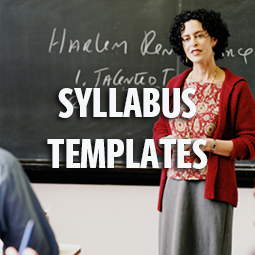
Syllabus Templates
Our syllabus templates make your work easier! Templates are ADA accessible and include sample statements.
-
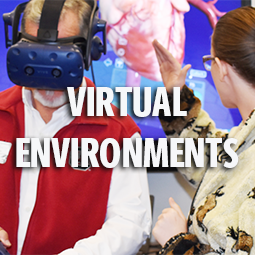
Virtual Environments
The cutting-edge technology of Virtual Reality, Augmented Reality, and 360o videos are rapidly transforming the educational system while providing students with invaluable tools to help better prepare them for their future careers.
